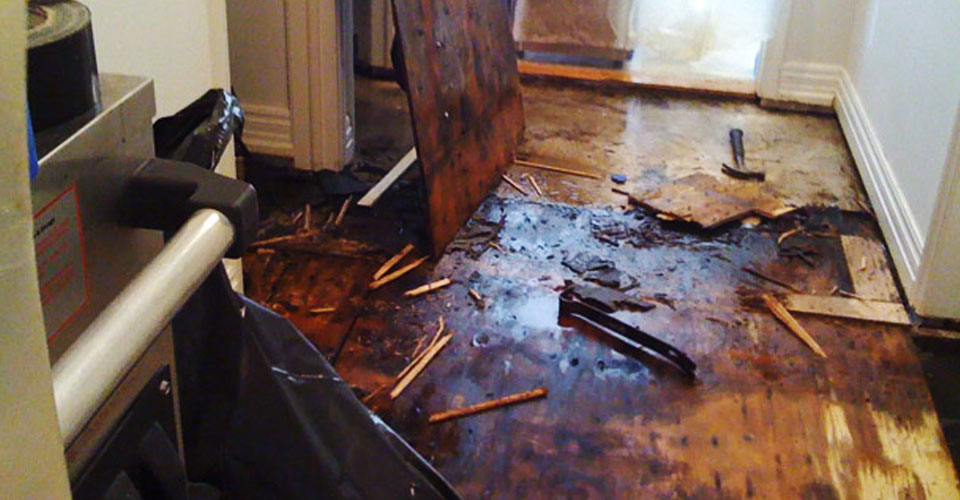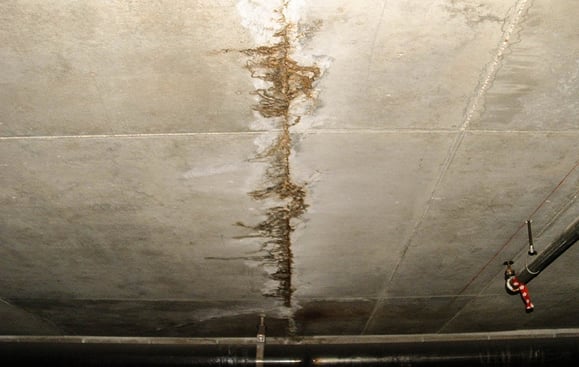Do's & Don'ts of Water Damages.
Do's & Don'ts of Water Damages.
Blog Article
How do you actually feel with regards to Safety Tips To Prevent Fire And Water Damage?

Water offers life, water invasion on components where it's not supposed to be can result in damage. It can peel away surfaces and wear down the structure if the water soaks into your framework. Mold and mildew and mildew likewise thrive in a damp environment, which can be hazardous for your health. Homes with water damage smell old and musty.
Water can come from several resources such as tropical cyclones, floods, ruptured pipes, leaks, and sewer concerns. In case you experience water damages, it would certainly be great to understand some safety precautions. Right here are a couple of standards on just how to manage water damage.
Do Prioritize House Insurance Coverage Insurance Coverage
Water damage from flooding because of heavy winds is seasonal. Nevertheless, you can likewise experience an unexpected flood when a damaged pipeline unexpectedly ruptures into your house. It would be best to have home insurance policy that covers both acts of God such as all-natural catastrophes, and emergency situations like damaged plumbing.
Do Not Fail To Remember to Shut Off Utilities
In case of a disaster, particularly if you live in a flood-prone area, it would certainly be recommended to switch off the main electric circuit. This removes power to your whole home, protecting against electrical shocks when water comes in as it is a conductor. Do not forget to turn off the primary water line valve. When floodwaters are high, furnishings will certainly walk around and also create damage. Having the major valve turned off stops further damage.
Do Remain Proactive and Heed Weather Condition Notifies
Pay attention to emptying cautions if you live near a river, lake, or creek . Doing so reduces possible home damages.
Don't Disregard the Roofing System
You can prevent rain damages if there are no holes and also leakages in your roofing system. This will protect against water from streaming down your walls as well as saturating your ceiling.
Do Take Notice Of Little Leaks
A ruptured pipe does not occur over night. Normally, there are red flags that suggest you have damaged pipelines in your house. For instance, you might see bubbling paint, peeling wallpaper, water streaks, water spots, or leaking audios behind the walls. Ultimately, this pipeline will certainly break. Ideally, you should not wait for things to escalate. Have your plumbing repaired before it results in enormous damage.
Do Not Panic in Case of a Burst Pipe
Keeping your clearheadedness is crucial in a time of dilemma. Stressing will only worsen the issue because it will certainly stifle you from acting quickly. Timing is essential when it comes to water damages. The longer you wait, the more damages you can anticipate. Thus, if a pipeline bursts in your residence, promptly shut down your primary water shutoff to cut off the resource. Unplug all electrical outlets in the location or transform off the circuit breaker for that component of the residence. Ultimately, call a trusted water damage repair professional for aid.
Water provides life, water intrusion on components where it's not intended to be can result in damages. Houses with water damages scent mildewy as well as old.
Water damage from flooding fees to heavy winds is seasonal. You may see bubbling paint, peeling off wallpaper, water streaks, water stains, or trickling noises behind the walls. When it comes to water damages, timing is essential.
Some Do's & Don't When Dealing with a Water Damage
DO:
Make sure the water source has been eliminated. Contact a plumber if needed. Turn off circuit breakers supplying electricity to wet areas and unplug any electronics that are on wet carpet or surfaces Remove small furniture items Remove as much excess water as possible by mopping or blotting; Use WHITE towels to blot wet carpeting Wipe water from wooden furniture after removing anything on it Remove and prop up wet upholstery cushions for even drying (check for any bleeding) Pin up curtains or furniture skirts if needed Place aluminum foil, saucers or wood blocks between furniture legs and wet carpet Turn on air conditioning for maximum drying in winter and open windows in the summer Open any drawers and cabinets affected for complete drying but do not force them open Remove any valuable art objects or paintings to a safe, dry place Open any suitcases or luggage that may have been affected to dry, preferably in sunlight Hang any fur or leather goods to dry at room temperature Punch small holes in sagging ceilings to relieve trapped water (don't forget to place pans beneath!); however, if the ceiling is sagging extremely low, stay out of the room and we'll take care of it DO NOT:
Leave wet fabrics in place; dry them as soon as possible Leave books, magazines or any other colored items on wet carpets or floor Use your household vacuum to remove water Use TV's or other electronics/appliances while standing on wet carpets or floors; especially not on wet concrete floors Turn on ceiling fixtures if the ceiling is wet Turn your heat up, unless instructed otherwise

As an enthusiastic reader about Reducing Your Risk Of Water And Fire Damage At Home, I assumed sharing that blog post was a good thing. Sharing is good. One never knows, you may just be helping someone out. Thank-you for taking the time to read it.
Report this page